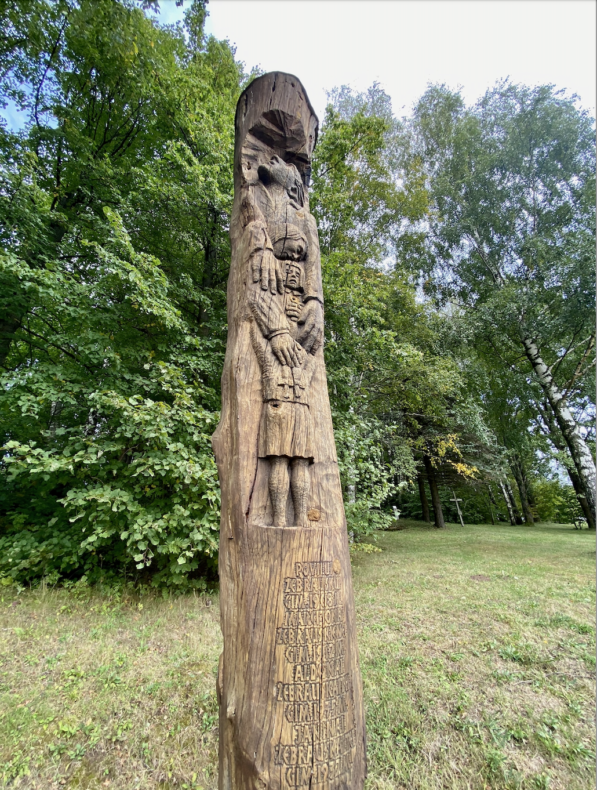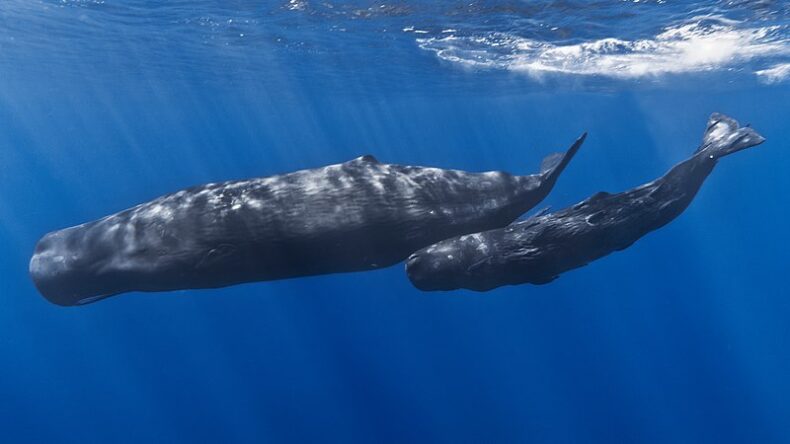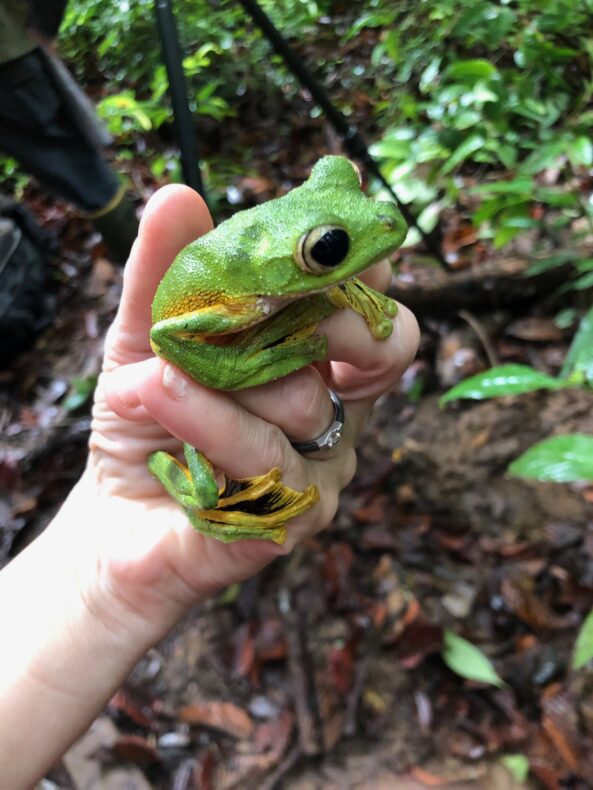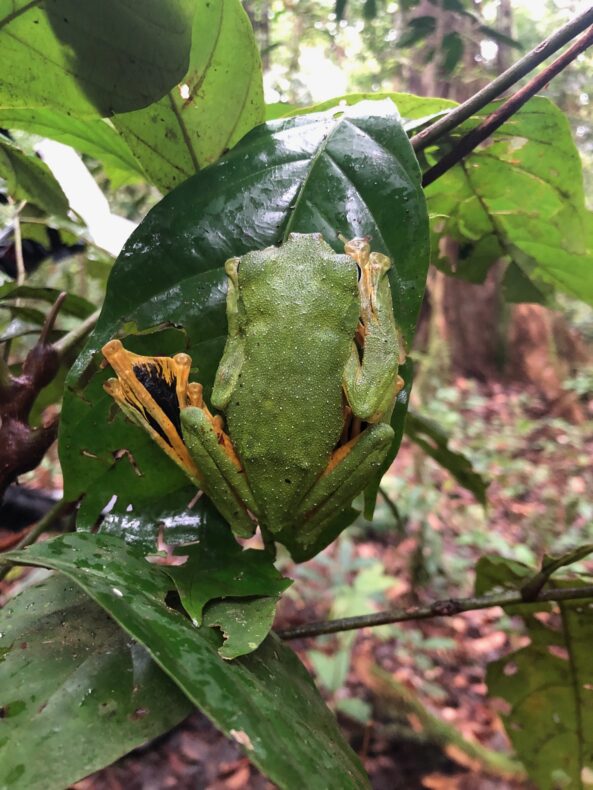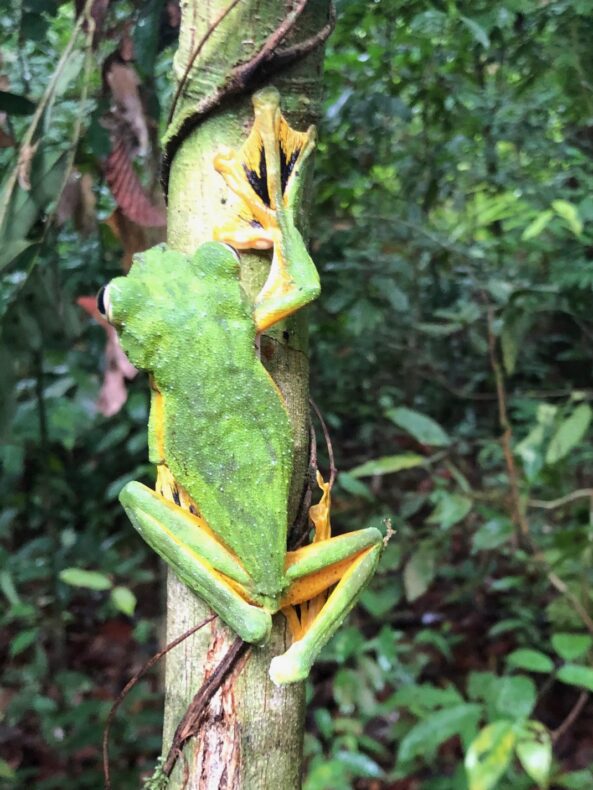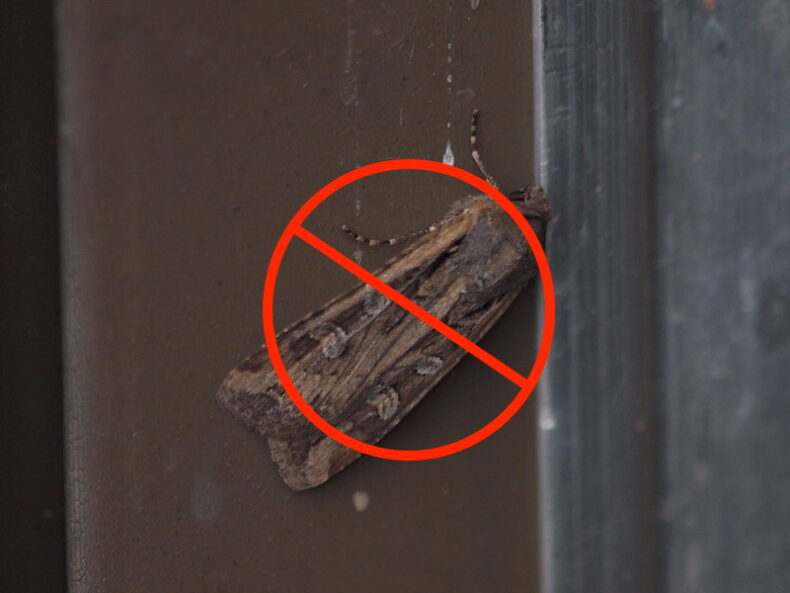
The invasion is now in full swing. I am not sure if I’ll make it beyond tonight. You have no idea what I’ve seen out there.
It began a few nights ago, though it was chilly then. The earth gleamed with moisture. There were fewer of them; the cold and the rain held them off, I think.
We knew they were coming, because it’s that time of year, but we did not know, yet, that there would be so many. How could we know?
That first night, I saw one or two. Oh. Oh no. They’re back, I thought. A couple days later came the first sign that this invasion would be epic. We could not know, for real, because the state entomologist whose forecasts I read with alacrity has apparently retired. So I have no idea what the miller moth season will be like this year; I can only pray that it will not be as bad as the summer of 2020, or heavens forbid, the summer of 1989.
But then one morning last week, I opened the door for the dog. Several of them had glommed onto my storm door, seeking warmth, and I’d just dislodged them. Some half-dozen moths fell stupidly onto my head, while many (so many) others fluttered directly into my face and hair. My screams traveled the neighborhood and brought my children to tears. My screams heralded the miller moths’ annual arrival. My screams trumpeted the beginning of the end.
The end is nigh. The end of my love of the summer night is upon us. I cannot be out there when they are there. I cannot go to the door in peace, or anything resembling normalcy, when they are out there. I cringe. I shiver. I falter. I flail, Elaine-like, entranced by fear. I dance and I zigzag, not unlike—well, one might say, not unlike one of them. I shriek into the ear of my literary agent while on a phone call, I hurt my arm in the door in my attempt to slam it on them. Unfortunately, I have never been conscious of a strange sort of pity for them.
I went outside tonight to hear the great horned owls, which are in the early stages of their mating season. The hoo-hu-hooo, hoo-hu-hooo, hoo-hu-hooo flying from treetops is one of my favorite experiences in the woods I now inhabit. Dusk is such a wonderful time in the early-summer mountains. The hummingbirds were buzzing to my feeder, the turkeys were gobbling about something, the magpies were screeching, what I think was a pine siskin was screech-squealing in the woods, and the owls were getting an early start. I went out just to stand there, to hear the birdsong and to watch the night come by. I thought I saw a few small blurs flit across my vision, so I blinked a few times. I need a new eyeglass prescription. Wait—no. My eyes were not adjusting. I was seeing real movement in front of the trees, above the trees, all around and within and through the trees. I was seeing them.
I saw dozens of them, at least. Hundreds of thousands of them were flying past my porch, probably at least 1.5 million of them per square foot. It was horrible to think that one billion miller moths were out there with me, flying above my 3/4 of an acre. A trillion moths is too many moths for anyone, but especially for me.
Thump. Thump. Thump. I went inside and could no longer hear the great horned owls, but instead the stupid muffled sound of Colorado’s most obnoxious creatures fluttering haplessly against the windows. They were trying to reach the light. I hate them so much. I do not see the pure bead of life in them; I am so sorry. They are my greatest phobia. They are dusty, hence their “miller” nickname, and their poop is maroon and weirdly large and it stains the walls, and why? They are oddly proportioned, with huge fat bodies and long legs and stubby little delta wings. I cannot describe them further, I am sorry. The end is nigh. I hope my neighbor bears eat them all.
If you’re reading this, I have survived to write another day. Working in the dark, after my children were safely sleeping, I survived logging into WordPress amid the sound of them beating their wings against my windows. Thump. Thump. Thump. My friend down the street texted me a photo: What the hell? They are in my fireplace!
If you’re reading this, I actually may or may not still be alive. We will see what tonight brings.
May the ghost of Virginia Woolf forgive me.
Image: Adapted from Flickr user Louis – CC BY-SA 2.0


